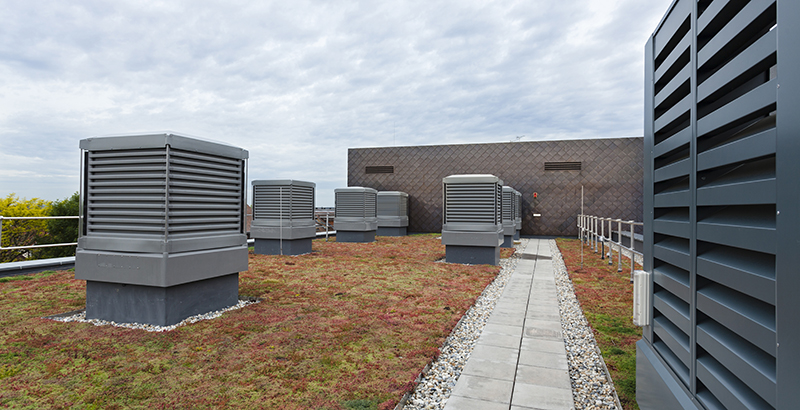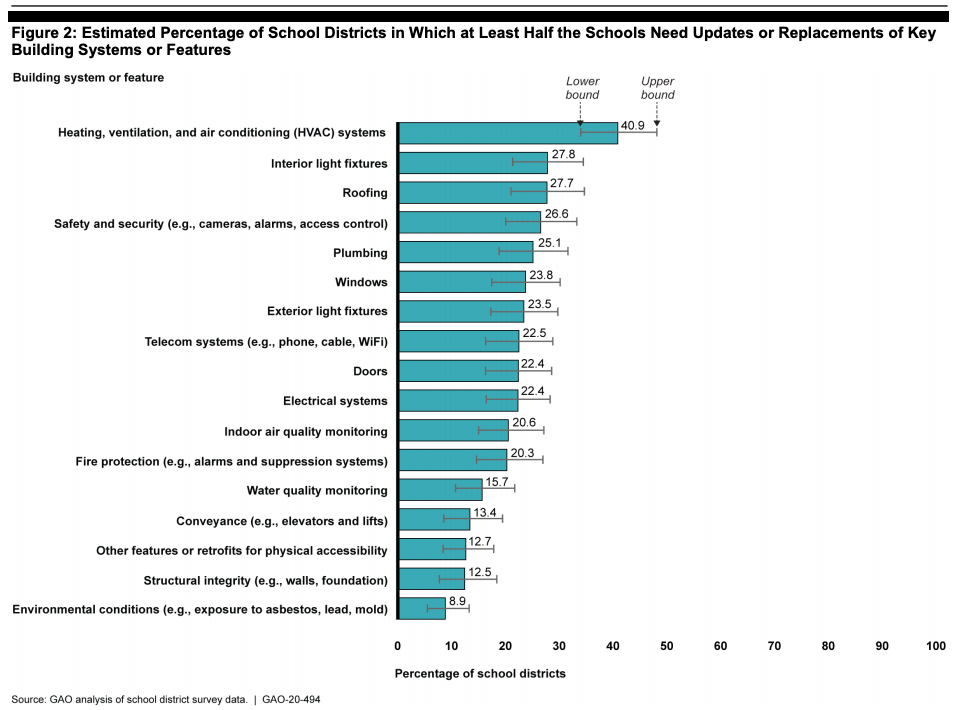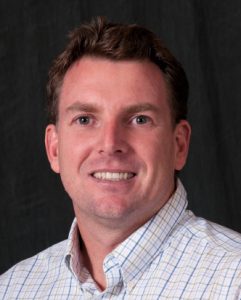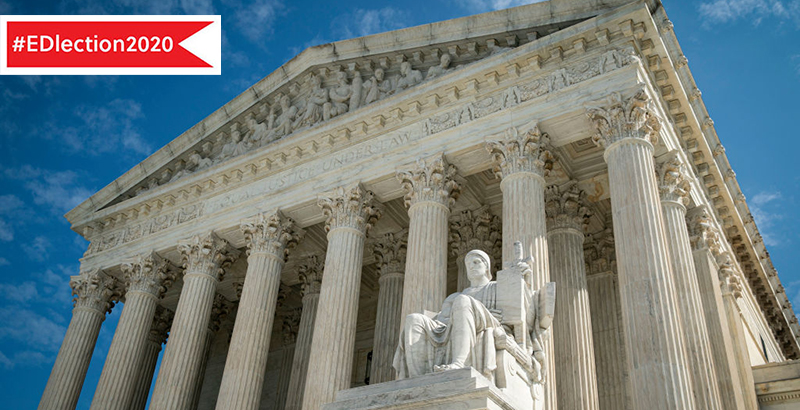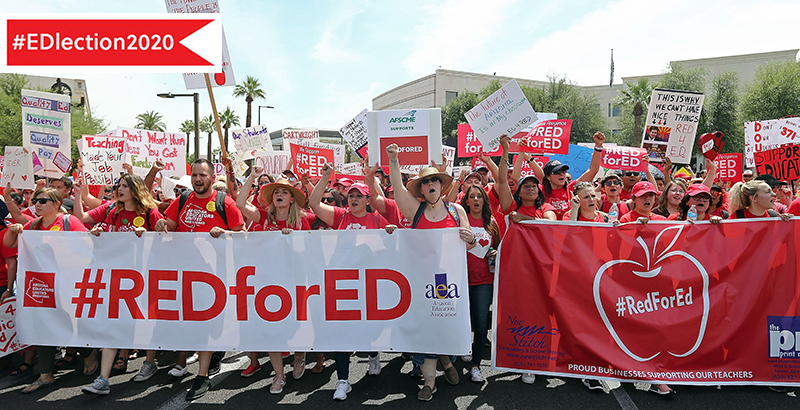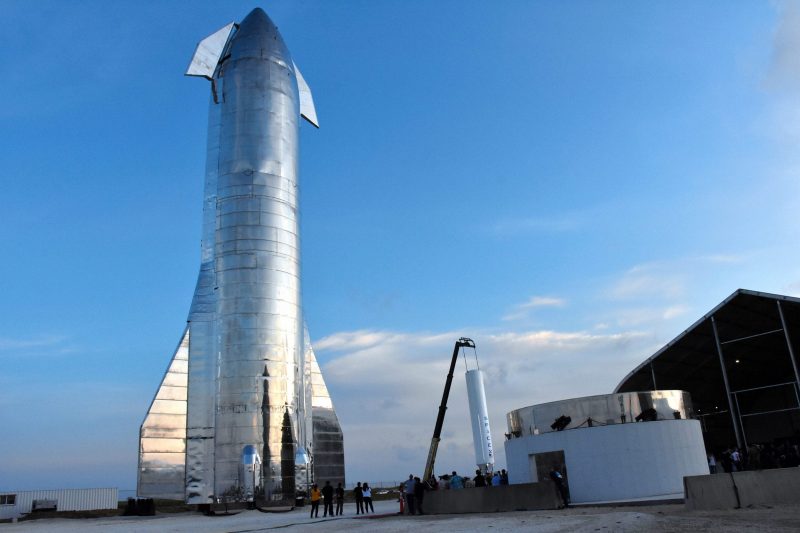Summary: These two related pieces are by a U.S. political prisoner who relates the shooting of Jacob Blake by police in Kenosha, Wisconsin to the need not to separate demands for defunding police from ending capital punishment and abolishing the prison system. You reach him at: Khalfani Khaldun, 874304, PO Box 1111 G-215, Carlisle, IN 47838
Justice for Jacob Blake: Where Were You that Night?
We must not see this young Black man as a victim—he’s more like a survivor of a wanton bloodthirsty trained killer, the Kenosha Wisconsin police.
Instead of looking to the video to base the focus of factual evidence on this shooting, the media was given a story that Jacob Blake was simply just another Black criminal. They were looking to undermine the seriousness of this man being shot 7 times in his back at almost point-blank range.
Where were you the night Jacob Blake was shot? I was sitting in a prison cell when the story came across my TV screen. As I watched this scene play out before me, I instantly felt human compassion for his mother. I felt a deep-rooted rage for Jacob’s father, as if Jacob Blake was my own son. Jacob Blake was shot and had he died from his injuries he would have left behind four beautiful Black sons. As they had to see their father lying flat on a hospital bed unable to move, their hearts and brains must have been weighed by questions like, “What did he do wrong? We have been raised to believe the police are here to serve and protect us, right?” Jacob Blake’s son’s will never get over what these callous police did to their daddy.
In 1983 I was 14 years old. My mother and eldest brother, who is now deceased, went out to a party to celebrate my brother’s graduation from high school. I stayed up till late that night waiting for them to come home. I saw my mother’s car bend the corner and a police squad car followed, pulling up behind them, in front of our house. The officer pulled out his weapon and ordered my loved ones to get out of the car. They were told to put their hands on their heads. The officers conducted a pat search, then searched the car, discovering a 22-milimeter derringer gun in my mother’s purse. As I watched on, I witnessed the police manhandle my mother, place her in handcuffs, and arrest her for the gun. My mother was slammed up against the squad car and forced into the back seat and taken away to the local jail. She was bonded out and released. We picked her up and headed home.
I have never forgotten what happened to my mother, who died from cancer in 1997. That caused me not to trust or call the police for anything. While activist groups and revolutionary organizations push the Defund Police Campaign around this country, we must never forget about these prison plantations. They should be defunded also. Officers who may lose their jobs on the force could become a prison officer inside the Indiana Department of Corrections.
One example of what I am saying is the recent removal of a warden at the Pendleton Correctional Facility. He was replaced by the man who once ran the Guantanamo Bay Prison for accused terrorists. This guy is enforcing as lot of behavior modification programs and wants to be seen as a law and order type of person. His actions have an impact on prisoners right now.
Please join the chapter of Black Lives Matter and all progressive groups in your cities and states. Get involved in the fight for justice. Speak up and speak out as our movement build its focus and reshape its vision to bring change to America. Let us get some real justice for Jacob Blake, and all of our brothers and sisters at the hands of the police. Stand together in solidarity!
Not in Our Name: No Justice, No Peace, Defund the Police
I have been a ward of the state since 1987. Between the years 1994 and 1997 we lost several comrades to state executions. Gregory Resnover was the last person to be murdered here in Indiana by electrification. His co-defendant Tommy Smith was the first to be murdered by lethal injection. For some years now the death penalty in Indiana was somewhat on hold. Now that election day is drawing near, the Trump administration has pushed to lift that hold, advising Governor Eric Holcolm to resume the murder of prisoners on Indiana’s death row.
In recent months, as the state of Indiana has been panicked by the spread of Covid-19, they have murdered half a dozen prisoners by lethal injection. I have not witnessed this many executions in this state, in my three decades of imprisonment. The president wants his supporters to know that he is the law and order killer that will kill in their name. We who oppose everything he stands for must stand in solidarity and say, Not in Our Name.
Murder only begets murder, violence only begets violence. As we the people move to defund the police, we must move to defund the prison industrial complex and defund the death penalty. We can no longer underestimate the systematic racism and white supremacy that is controlling the politics of this country. The standing your ground laws have worked for them—they can work for us too. President Trump and his administration are incapable of repairing wounds forced upon the Black nation in Amerikkka.
We might just see a revolution in my lifetime. Power to the People—Trump’s actions are not in our name.
